Crave Butter? 11 Meanings Behind Food Cravings For Fatty Foods
Craving Butter is Totally Normal, Right? Food cravings have different reasons for just popping up suddenly, and your body is a telltale sign of what it could mean. Butter Though? Why Am I Craving Butter? From the simple pleasure of its delicious taste to the complex interplay of hormones, pregnancy cravings, nutritional needs, and emotional states, we’ll uncover the mysteries of butter cravings.
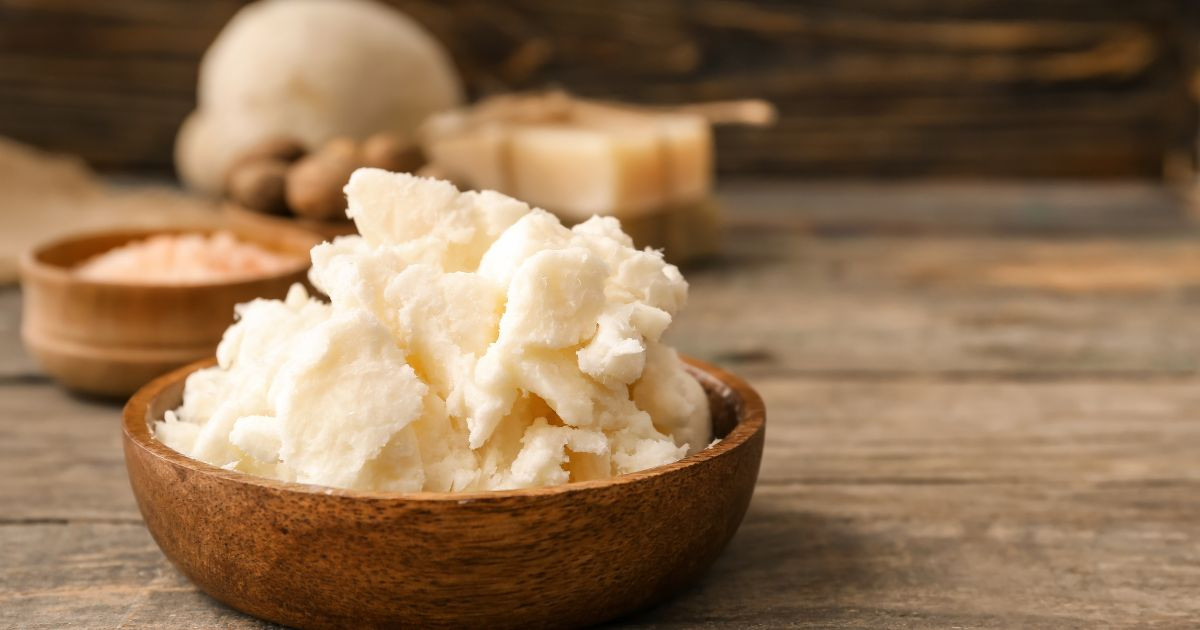
My Butter Cravings: A Love Story
Now, you might be thinking, “Why Am I Craving Butter? That’s oddly specific!” And you’d be right. It’s not like craving chocolate or the ubiquitous late-night snack.
No, craving butter is a unique beast, and it’s one that I’ve pondered over many a butter-laden dish.
From the satiating richness that quiets a rumbling stomach to the raw taste and the comforting nostalgia of grandma’s kitchen, butter holds a special place in our hearts and diets.
That golden, creamy delight that can turn the mundane into the magnificent with just a dollop. As a professional chef, I’ve had my fair share of love affairs with butter, watching it sizzle in pans, melt over freshly baked dutch oven Sourdough bread, and transform simple ingredients into culinary masterpieces.
But beyond the kitchen, I’ve noticed something curious: the peculiar, sometimes intense craving for butter, not just in myself but in friends, family, and even expectant mothers in my circle, and I’m not talking about sugar craving.
So, let’s slice into this butter block, shall we? We’ll explore the creamy depths of why we crave butter, touch on the unique phenomenon of pregnancy cravings, and, because it’s essential to keep the balance, we’ll also consider the risks of overindulging in this culinary staple yet high-fat junk food.
Table of Contents
Why Am I Craving Butter?
Is it the rich flavor, the creamy texture, or perhaps something more profound when you smell buttery foods, something our bodies are trying to tell us?
I’ve gathered together the top 11 reasons why you have a butter craving right now at this very moment.
1. Fat Content and Satiety: The Richness That Fulfills

Butter’s allure starts with its high-fat content, a key player in culinary delights and satiety. This isn’t just about indulgence; it’s about how our bodies and palates respond to the richness and energy density that butter brings to the table.
Satiety and Fulfillment: The fats in butter are incredibly satisfying. They signal to your brain that you’re getting enough energy. Gy, helping you feel full and content after a meal. This is why a touch of butter can transform a simple meal into something that keeps hunger at bay for hours.
Flavor Enhancement: Butter is a master at carrying and amplifying flavors. It melds with other ingredients, elevating dishes to new heights of deliciousness. Our taste buds often crave This enhanced flavor profile when we reach for butter.
Creamy Texture: The creamy, smooth texture of butter is unmatched. It provides a luxurious mouthfeel that makes every bite more enjoyable. This textural satisfaction is a big part of butter’s appeal, making foods feel more decadent and fulfilling.
Understanding these aspects can show why butter cravings are not just about taste but also about the body’s desire for rich, energy-dense, and satisfying foods.
2. Rich Flavor: A Culinary Symphony

Beyond the satiety factor, butter’s distinctive, rich flavor is a butter flavor symphony in itself, capable of transforming the ordinary into the extraordinary.
Taste Complexity: Butter adds a complex layer of flavor that’s hard to replicate. Its slightly sweet, creamy notes can enhance both savory and sweet dishes, adding depth and richness that elevate the overall taste experience.
Culinary Versatility: From sautéing and baking to finishing sauces and spreading on bread, butter’s versatility in the kitchen is unparalleled. Each culinary technique unlocks different flavor notes in butter, making it a staple ingredient for chefs and cooks alike.
Enhancement of Other Ingredients: Butter has a remarkable ability to bring out the best in other ingredients, melding flavors in a way that makes every component of a dish shine brighter. It’s like the glue that holds a great dish together, ensuring every bite is balanced and flavorful.
The craving for butter’s rich flavor is often a craving for the depth and complexity it adds to food.
Its ability to transform the taste of dishes from good to unforgettable is why so many of us find ourselves reaching for it, whether cooking a gourmet meal or simply spreading it on a piece of toast.
3. Comfort and Nostalgia When You Eat Butter
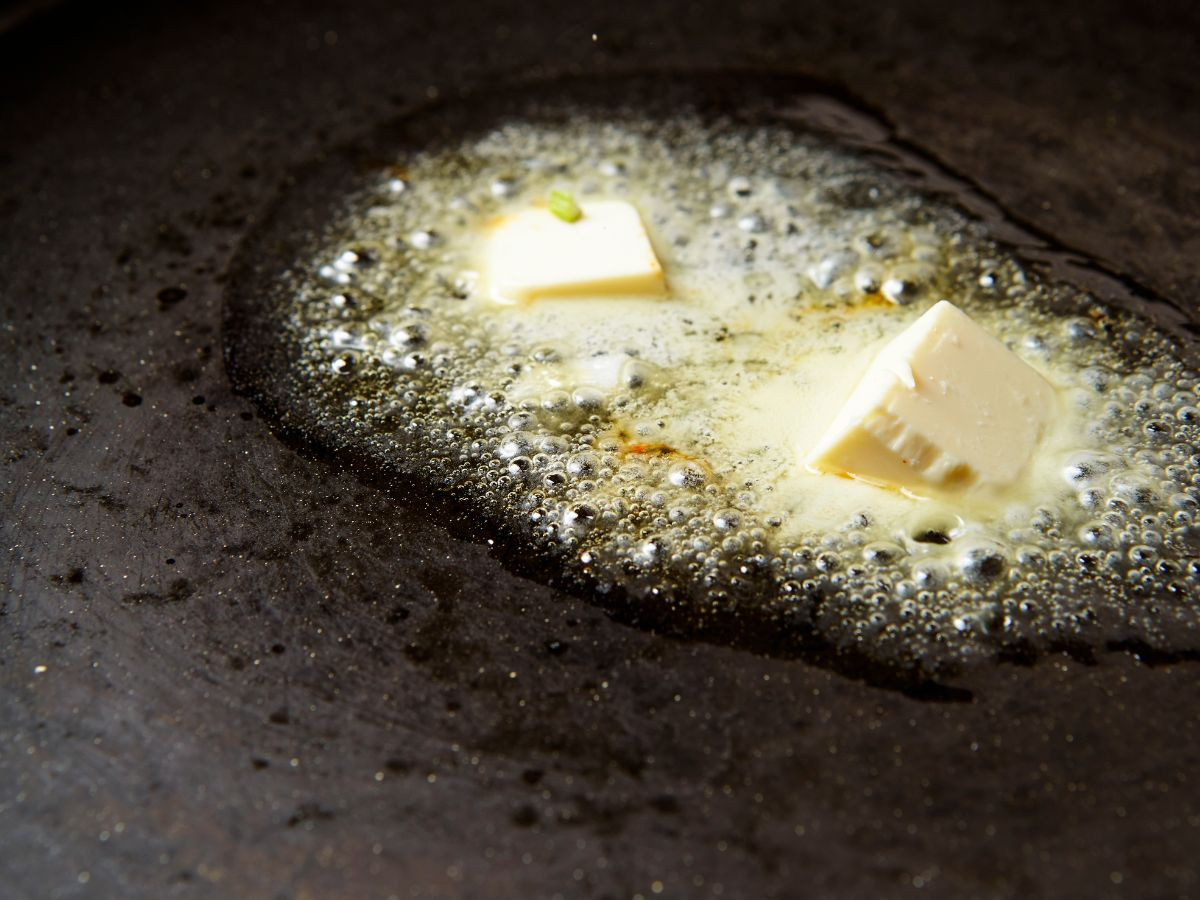
Butter’s appeal goes beyond its physical attributes, tapping into something deeper and more emotional: comfort and nostalgia.
For many, butter is not just an ingredient but a symbol of warmth, home, and cherished memories.
Emotional Connection: The aroma of butter melting in a pan or the taste of buttery baked goods can transport us back to cherished moments, evoking comfort and security. This emotional connection often lies at the heart of our butter cravings.
Cultural Significance: In many cultures, butter is a staple ingredient in traditional dishes, contributing to its role as a comfort food. From decadent pastries to hearty sauces, butter carries our heritage and history flavors, making it a key player in comfort cuisine.
Sensory Experience: The sensory experience of cooking with and eating butter—its sound as it sizzles in a pan, its aroma as it browns, and its taste as it enriches dishes—can be deeply comforting. This multisensory appeal can make us crave butter when seeking solace or a taste of home.
The craving to consume butter often reflects a yearning for the comfort and nostalgia it embodies.
It’s about more than just the food itself; it’s about what it represents—the warmth of a family meal, the joy of a holiday celebration, or the simplicity of a childhood snack.
4. Nutritional Deficiencies: The Body’s Subtle Signals

While it may seem counterintuitive, sometimes, our cravings for butter can be the body’s way of signaling certain nutritional deficiencies.
In small amounts, butter contains essential nutrients that our body might seek out during times of need, especially in a low-fat diet.
Vitamins A, D, and E: Butter is a source of fat-soluble vitamins A, D, and E, albeit in modest amounts. Vitamin A is crucial for vision and immune function, Vitamin D for bone health and immune function, and Vitamin E is an antioxidant. When your body lacks these, it might nudge you towards foods that contain them, like butter.
Fatty Acids: Butter contains small omega-3 and omega-6 fatty acids, essential for brain function and cell growth. While not a significant source, cravings for butter might reflect a broader desire for these vital nutrients.
Minerals: Trace minerals found in butter, such as selenium, are important for various bodily functions, including antioxidant activity and thyroid gland function. A craving might sometimes be a hint from your body that it’s trying to make up for a shortfall in these nutrients.
It’s important to note that while butter can contribute to your intake of these nutrients, it’s not the most efficient or healthiest source compared to other foods like vegetables, fruits, and lean proteins.
Cravings for butter in the context of nutritional deficiencies remind us of the complex ways diet and health choices our bodies communicate their needs.
5. Hormonal Fluctuations: Change In Appetite
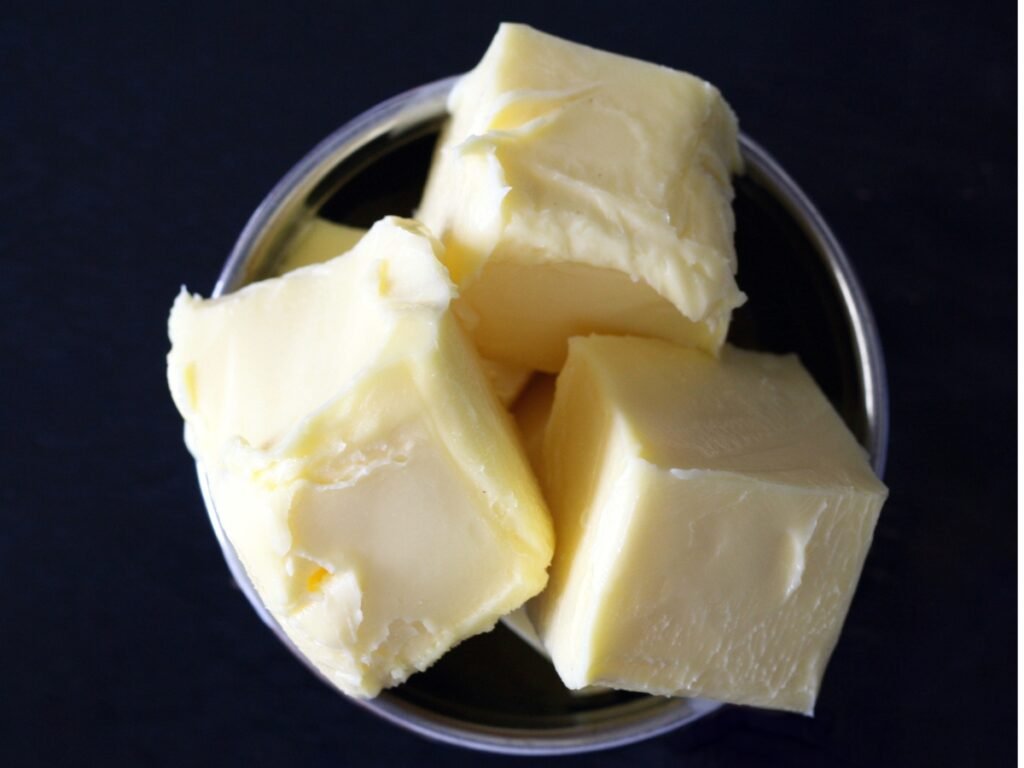
The ebb and flow of hormones in our bodies can significantly influence our cravings, including the desire for rich, comforting foods like butter.
Particularly for women, hormonal fluctuations due to menstrual cycles, pregnancy, or menopause can lead to changes in appetite and food preferences.
Menstrual Cycle: During different phases of the menstrual cycle, especially in the days leading up to menstruation (the luteal phase), many women experience increased cravings for fats, sugars, and comfort foods. With its high-fat content and comforting qualities, butter can be particularly appealing during this time.
Pregnancy: Pregnancy is a time of profound hormonal changes, often accompanied by specific and sometimes intense cravings. The craving for butter during pregnancy could be the body’s way of seeking additional calories and nutrients to support the growing fetus. Moreover, the sensory changes experienced during pregnancy can make certain textures and flavors, like the creamy richness of butter, more desirable.
Menopause: The hormonal adjustments during menopause can also impact appetite and cravings. Decreased estrogen levels and other hormonal shifts can influence how the body metabolizes foods and regulates hunger, potentially leading to increased cravings for high-fat foods like butter.
Understanding the impact of hormonal fluctuations on our cravings can offer reassurance that these desires are a normal part of our body’s response to internal changes.
It’s a reminder of the intricate connection between our endocrine system and our dietary preferences, highlighting the importance of tuning into our bodies signals and needs.
6. Energy Needs: Fueling the Body

Sometimes, the craving for butter arises from a very straightforward need: energy. Butter is calorie-dense, providing a quick energy source that our bodies can use to fuel daily activities or recover from exertion.
High Caloric Content: With about 100 calories per tablespoon, butter is an efficient way to increase energy intake. This can be particularly appealing during increased physical activity or when you’re feeling fatigued, and your body seeks quick, dense energy sources.
Increased physical activity or when you’re feeling fatigued, and your body is seeking quick, dense energy sourcesMetabolic Demands: During periods of high metabolic demand, such as growth spurts, intense physical training, or recovery from illness, your body may crave calorie-rich foods like butter to help meet its energy needs.
Brain Fuel: The brain relies heavily on fats for fuel and cravings for high-fat foods like butter could be linked to your brain’s need for energy, especially during periods of intense mental activity or stress.
While reaching for butter to satisfy an energy deficit is a natural response to a low-fat diet, balancing this with other nutrient-dense foods that provide sustained energy and support overall health is essential.
Incorporating a variety of fats, proteins, and carbohydrates can help meet your energy needs more effectively than relying on butter alone.
Understanding the link between your energy needs and butter cravings can help you make more mindful choices about how to fuel your body, ensuring that you’re not just satisfying an immediate craving but also supporting your long-term health and well-being.
7. Psychological Factors: The Mind-Butter Connection

Our cravings, including the longing for butter, are not solely dictated by physical needs; psychological factors play a significant role too.
Stress, boredom, and emotional states can significantly influence our food preferences, often leading us towards comfort foods like butter.
Stress Eating: Many people use high-fat, comforting foods to solace during stressful times. Butter, with its rich, comforting qualities, can be particularly appealing. Butter-rich foods temporarily soothe stress and anxiety, offering a momentary escape from discomfort.
Boredom and Habit: Sometimes, cravings for butter arise out of boredom or habit rather than genuine hunger or need. Mindless snacking on buttery foods can be a way to pass the time or fulfill a habitual desire for the comforting ritual of eating.
Emotional Comfort: Foods high in fat, like butter, can trigger the release of neurotransmitters such as dopamine, which promote pleasure and satisfaction. When feeling down or nostalgic, we might crave buttery foods to recreate those feel-good moments, using food to lift our spirits.
Recognizing the psychological triggers behind your butter cravings can be the first step in developing healthier coping mechanisms.
Finding alternative ways to manage stress, such as exercise, meditation, or engaging in hobbies, can help reduce reliance on comfort foods and promote a more balanced approach to eating.
Understanding the mind-butter connection emphasizes the importance of mindful eating, encouraging us to pause and consider the emotional and psychological factors that might be driving our cravings.
By addressing these underlying factors, we can make more conscious food choices that support both our mental and physical well-being.
8. Dietary Restrictions: The Forbidden Fruit Effect
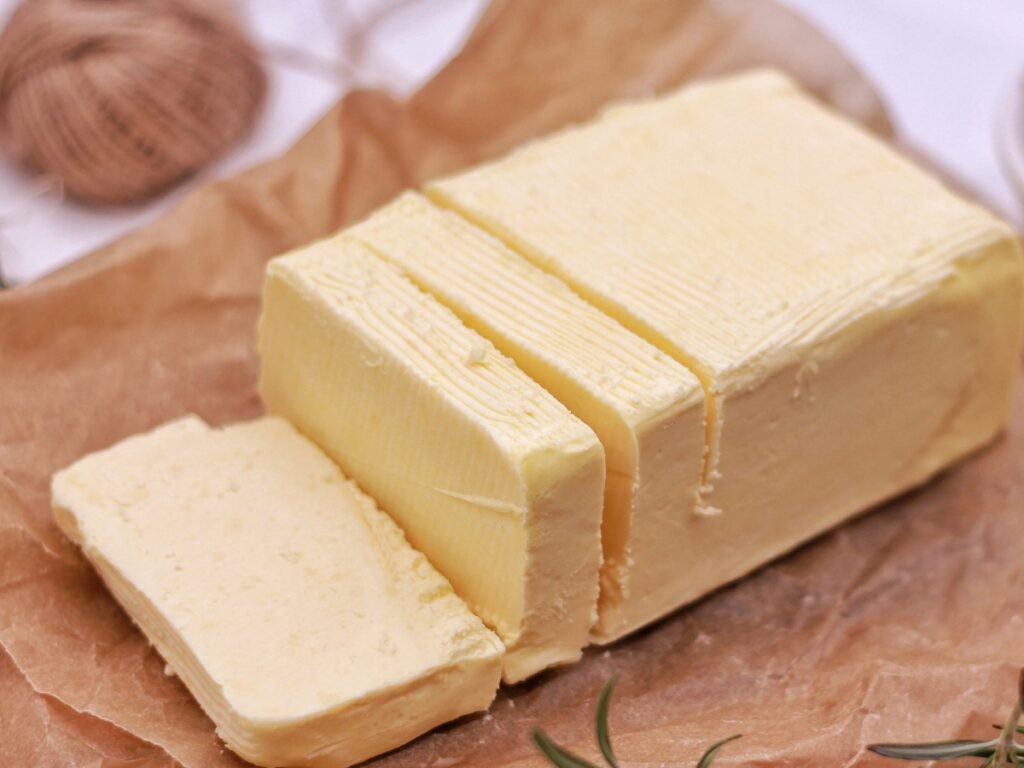
Imposing strict dietary restrictions on ourselves can sometimes have the paradoxical effect of intensifying cravings for the very foods we’re trying to avoid: salty foods such as butter.
This phenomenon, often called the “forbidden fruit” effect, highlights the psychological impact of deprivation on our food desires.
Restrictive Diets: When you’re on a diet that severely limits fat intake, your body might respond by craving high-fat foods like butter more intensely. This is partly psychological—wanting what you can’t have—and partly physiological, as your body seeks the satiety and pleasure that fats provide.
Deprivation Sensitivity: Some individuals are more sensitive to the effects of food deprivation than others. For those particularly sensitive to dietary restrictions, the craving for forbidden foods like butter can become overwhelming, making it harder to stick to healthy eating plans.
Rebound Cravings: After a period of dietary restriction, you might experience rebound cravings, where the desire for previously restricted foods like butter strengthens. This can lead to a cycle of restriction and overindulgence, which is counterproductive for long-term health and weight management goals.
Acknowledging the impact of dietary restrictions on your cravings can help you adopt a more balanced approach to eating. Instead of strict bans on certain foods, incorporating them in moderation can prevent intense cravings from feeling deprived.
Allowing yourself to eat small amounts of butter within a varied and balanced diet can satisfy cravings without leading to overindulgence.
Understanding the “forbidden fruit” effect is crucial in developing a healthier relationship with food, where butter and other fats can be enjoyed responsibly, without guilt or the risk of rebound overeating.
This balanced approach can lead to more sustainable eating habits and a more positive overall relationship with food.
9. Gut Health: Listening to Your Gut
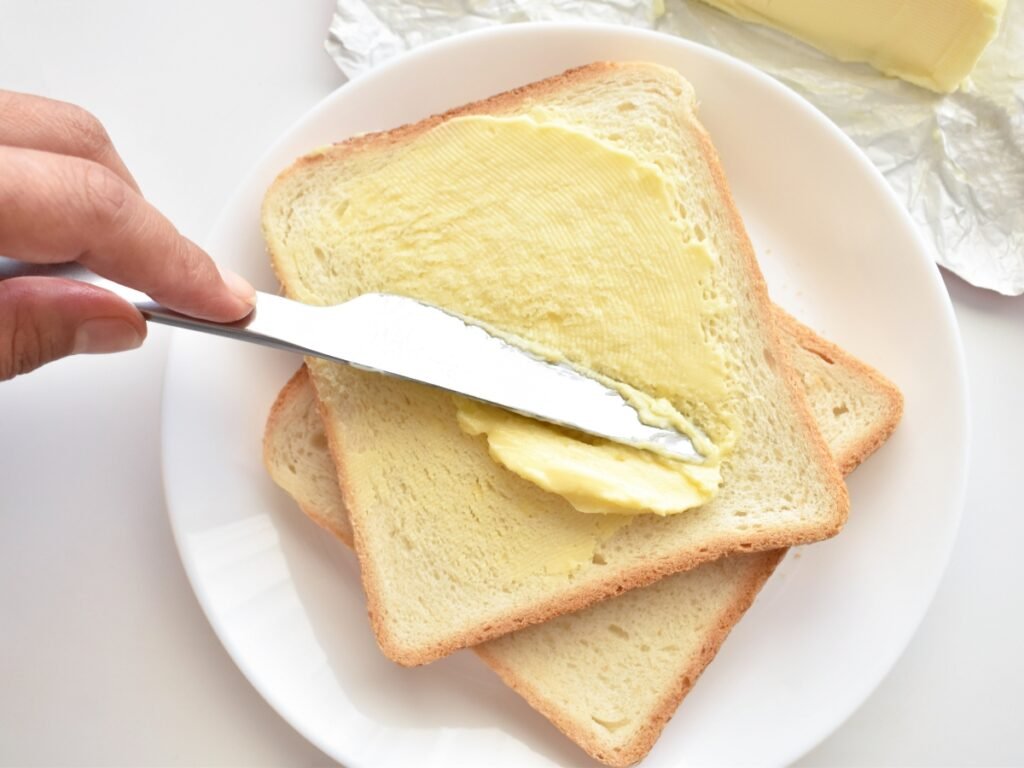
The complex ecosystem within our gut significantly affects our overall health, including our cravings.
Emerging research suggests that the microbiota in our digestive system can influence our food preferences, potentially affecting our cravings for certain foods like butter.
Microbiota and Cravings: The bacteria in our gut can produce and respond to the same neurotransmitters the brain uses to regulate mood and appetite, such as serotonin and dopamine. This means that the composition of your gut microbiota could influence your cravings for fatty, rich foods like butter.
Gut-Brain Axis: The gut-brain axis is a two-way communication system between your gastrointestinal tract and brain. An imbalance in your gut microbiota can send signals to your brain that alter your food preferences and cravings, potentially leading to an increased desire for high-fat foods.
Dietary Impact on Gut Health: Your diet plays a crucial role in shaping your gut microbiota. Consuming diverse foods can promote a healthy and balanced gut ecosystem, which may help regulate cravings. However, a diverse high in processed and high-fat foods like butter can contribute to an imbalance, potentially leading to more frequent and intense cravings.
Fostering a healthy gut through a balanced diet of fiber, vegetables, fruits, and fermented foods can help mitigate cravings and promote overall well-being.
The link between gut health and food cravings underscores the importance of listening to our bodies and considering the broader impact of our dietary choices.
By nurturing our gut health, we can support a more balanced and healthy relationship with food, potentially reducing cravings for high-fat, high-calorie foods like butter.
10. Craving Butter During Pregnancy: The Butter Chronicles
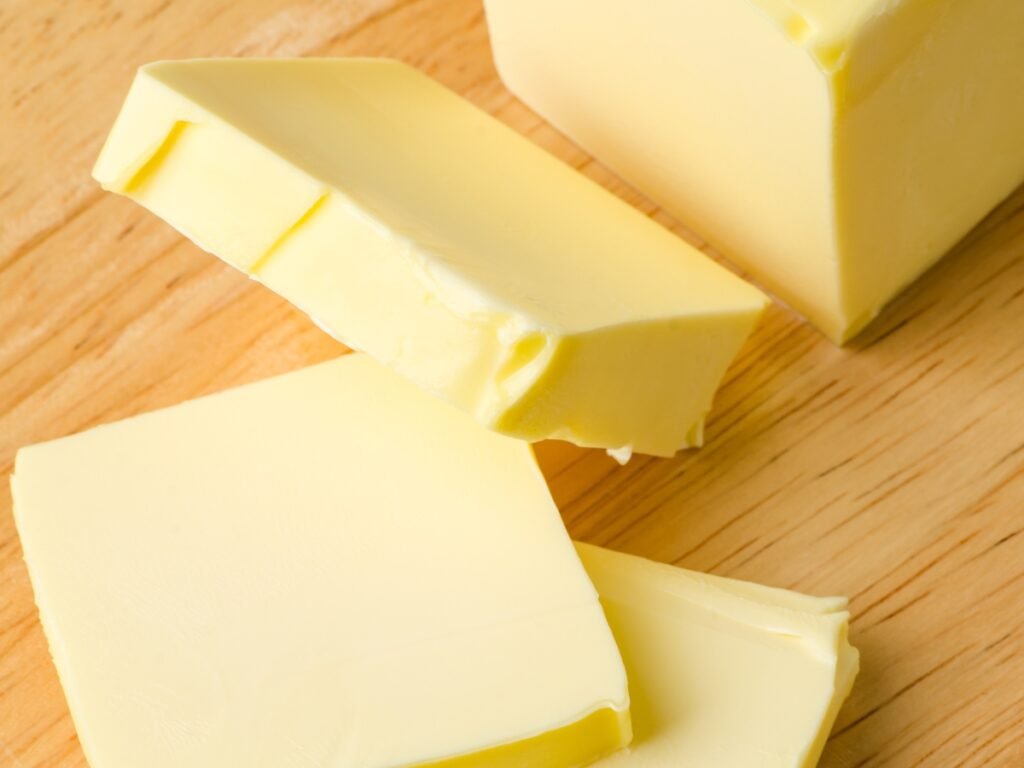
Pregnancy is a period marked by significant hormonal changes and nutritional demands, which can lead to unique and sometimes intense cravings, including fat cravings for butter.
These cravings can be seen as the body signaling its heightened need for certain nutrients or as a response to the emotional and physical changes occurring during pregnancy.
Increased Caloric Needs: During pregnancy, the body requires additional calories to support the growing fetus. Cravings for high-calorie foods like butter can naturally respond to this increased energy demand.
Nutritional Demands: Pregnancy can heighten the need for specific nutrients, such as fatty acids, crucial for developing the baby’s brain and nervous system. Craving butter could indirectly meet these nutritional needs despite not being the most efficient source of these nutrients.
Hormonal Influence: The hormonal fluctuations during pregnancy can significantly alter taste and smell sensitivity and appetite. These changes can lead to specific cravings, like the creamy richness of butter, which might provide comfort or satisfy a particular sensory desire.
Emotional and Psychological Factors: Pregnancy can be a time of heightened emotional sensitivity and stress, leading some to seek comfort in familiar, comforting foods like butter.
Pregnant women need to discuss their cravings and dietary intake with healthcare providers to ensure they’re meeting their nutritional needs in a balanced and healthy way.
While indulging in cravings like butter is typically harmless in moderation, a balanced diet with a variety of nutrients is crucial for the health of the mother and the developing fetus.
Understanding pregnancy-related cravings for butter within the context of the body’s changing needs and emotional state can provide reassurance and guidance for managing these cravings healthfully.
11. Taste and Texture Preferences: The Allure of Creaminess
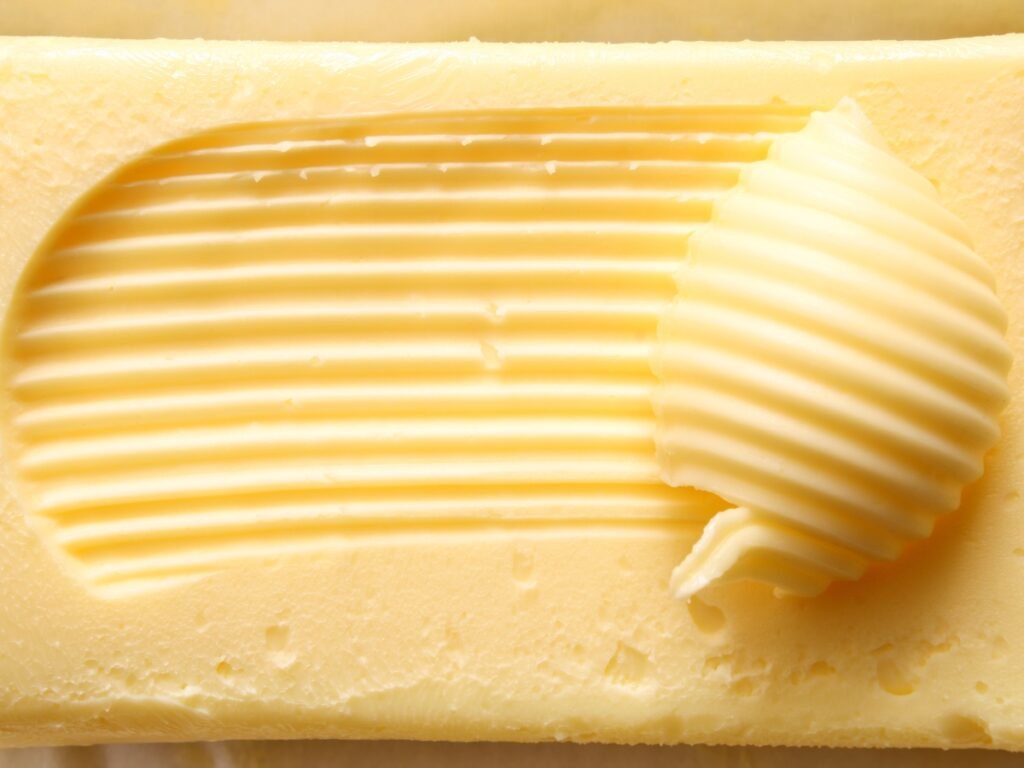
Our preferences for taste and texture play a significant role in food cravings, including the desire for butter.
The creamy texture and distinctive taste of butter appeal to many, making it a highly craved food item for those who prioritize these sensory experiences in their eating habits.
Creaminess: The creamy texture of butter is undeniably appealing. It provides a luxurious mouthfeel that can make dishes more satisfying and indulgent. This preference for creamy textures can lead to frequent cravings for butter, especially in contexts where texture is a key component of the eating experience.
Rich Taste: Butter’s rich and slightly sweet flavor profile is unique and can enhance variousunderstand dishes, from baked goods to savory sauces. For those with a palate that favors rich, deep flavors, butter is often a go-to ingredient and cravings for it can be intense.
Sensory Satisfaction: Eating buttery foods can be a highly satisfying sensory experience, encompassing taste, smell, and mouthfeel. This multi-sensory appeal can contribute to the frequency and intensity of butter cravings as the body seeks out experiences that provide this level of sensory satisfaction.
Understanding the role of taste and texture preferences in our food choices can help us understand why we crave certain foods, like butter, more than others.
It highlights the importance of acknowledging and respecting our sensory preferences in our eating habits while striving for balance and variety in our diet to ensure we meet our nutritional needs.
Recognizing the influence of taste and texture preferences on our cravings allows us to appreciate the complexity of our relationship with food.
It underscores the idea that food is not just fuel but also a source of pleasure and satisfaction, with butter serving as a prime example of how taste and texture can drive our food desires.
What nutrient am I lacking if I crave butter?
If you’re craving butter, it might not be due to a specific nutrient deficiency, as butter isn’t a significant source of most nutrients. However, butter cravings could be related to a general desire for fats or specific fat-soluble vitamins that butter contains in small amounts. These include:
Vitamin A: Important for vision, immune function, and skin health. While butter contains some vitamin A, especially grass-fed butter, far richer sources are available, such as liver, carrots, and sweet potatoes.
Vitamin D: Essential for bone health and immune function. Again, butter has small amounts, mainly from grass-fed cows, but you’ll find more vitamin D in fatty fish, egg yolks, and fortified foods.
Vitamin E Acts as an antioxidant, protecting cells from damage. Butter has a minor amount of vitamin E, but seeds, nuts, and leafy green vegetables are much better sources.
Fatty Acids: Butter contains small amounts of omega-3 and omega-6 fatty acids essential for brain function and cell growth. However, fatty fish like salmon, flaxseeds, and walnuts are much richer sources of these healthy fats.
What does a lot of butter do to your body?
While butter can add flavor and richness to dishes and satisfy various cravings, it’s important to be mindful of the potential risks of consuming too much butter. High in saturated fats, excessive butter consumption can have several health implications.
Heart Health: Butter is rich in saturated fats, which, when consumed in large amounts, can raise LDL (bad) cholesterol levels in the blood. Elevated LDL cholesterol is a risk factor for heart disease and stroke. Moderation is key to enjoying butter while maintaining a heart-healthy diet.
Weight Gain: Given its high caloric density, butter can contribute to weight gain if consumed in large quantities without balancing with physical activity. Excessive weight gain is associated with several health risks, including type 2 diabetes, high blood pressure, and cardiovascular diseases.
Nutrient Imbalance: Relying too heavily on butter for flavor and satiety can lead to a diet lacking diversity, potentially resulting in nutrient imbalances. A varied diet rich in fruits, vegetables, whole grains, and lean proteins is crucial for obtaining a broad spectrum of nutrients.
While butter has its place in the kitchen for flavor and culinary creativity, it’s essential to consider its impact on health when consumed in excess.
Using butter judiciously and balancing it with healthier fats, like those from olive oil, avocados, and nuts, can help mitigate these risks.
Conclusion: Balancing Cravings with Conscious Choices
As we’ve navigated through the myriad reasons behind butter cravings, from the satiating power of its fat content to the more emotional eating comfort it provides, it’s clear that butter holds a special place in our culinary hearts and diets.
Butter’s allure is multifaceted, whether it’s the rich flavor enhancing our favorite dishes, the nostalgic pull of comfort foods, or the physiological cues from our bodies during hormonal fluctuation or increased energy needs.
However, understanding the potential risks associated with overindulgence in butter, such as impacts on heart health and weight, reminds us of the importance of moderation. The key is not to banish butter from our kitchens but to enjoy it mindfully, savoring its contributions to our meals without relying on it excessively.
Incorporating a variety of fats into our diets, from the monounsaturated fats in olive oil to the omega-3 fatty acids in fatty fish, can help us balance our nutritional needs while still indulging in the occasional buttery treat.
By listening to our bodies and understanding the underlying reasons for our cravings, we can make conscious choices about nutritious foods that satisfy our taste buds and support our health.
With all its creamy, flavorful glory, butter can continue to be a part of our culinary adventures, enriching our dishes and delighting our palates when used with consideration and joy.
So the next time you find yourself craving that pat of butter, take a moment to appreciate its role in your meal and your life and enjoy every delicious with all its creamy, flavorful glory, buttery bite with gratitude and balance.
FAQ and Additional Information
What does eating a stick of butter do to your body?
Eating a stick of butter in one sitting is an extreme intake of too much-saturated fat and calories in a short period, which can have several immediate and longer-term effects on your body:
Immediate Effects
Digestive Discomfort: Consuming such a large amount of fat at once can overwhelm your digestive system, potentially leading to discomfort, nausea, bloating, and diarrhea.
Energy Levels: Initially, you might experience a surge in energy due to the high-calorie content, but this is likely to be followed by a crash, leaving you feeling lethargic and sluggish as your body works hard to digest the fat.
Blood Sugar: While butter itself doesn’t contain carbohydrates, such a high fat intake can still indirectly affect your blood sugar and insulin response, especially if you’re insulin-resistant or have diabetes.
Longer-term Effects
Cholesterol Levels: Regularly consuming high amounts of saturated fat from foods like butter can raise LDL (bad) cholesterol levels in your blood, increasing the risk of heart disease and stroke.
Weight Gain: A stick of butter contains roughly 800 calories, primarily from fat. Consuming such calorie-dense foods without burning them off through activity can lead to weight gain.
Heart Health: Over time, a diet high in saturated fats can contribute to the development of cardiovascular diseases due to the impact on cholesterol levels and arterial health.
Nutritional Impact
While butter provides some fat-soluble vitamins (A, D, E, K) and fatty acids, the quantities are insufficient to justify such excessive consumption, especially considering the potential health risks.
Craving butter before Period
Craving butter or other high-fat, high-calorie foods before your period is a common experience for many women, often due to the hormonal fluctuations associated with the menstrual cycle. Here’s why this might happen:
Hormonal Changes
Progesterone and Estrogen: In the latter half of the menstrual cycle, known as the luteal phase, levels of the hormone progesterone rise while estrogen levels can fluctuate. These hormonal changes can increase appetite and cravings for fatty foods like butter.
Serotonin Levels: Fluctuations in estrogen and progesterone can impact serotonin, which helps regulate mood and appetite. Lower serotonin levels before menstruation can lead to cravings for foods that temporarily boost mood and satisfaction, like those high in fats and sugars.
Psychological and Physical Factors
Emotional Comfort: The premenstrual phase can sometimes bring about mood swings, irritability, or mild depressive symptoms for some women (commonly known as PMS or premenstrual syndrome). Comfort foods like butter-rich treats can provide a temporary sense of emotional relief or pleasure.
Energy Needs: Some women may experience fatigue or need more energy before their period, leading to cravings for calorie-dense foods like those containing butter.
Managing Cravings
Balanced Diet: Ensuring a balanced diet rich in whole foods, fiber, lean proteins, and healthy fats can help stabilize blood sugar levels and potentially reduce intense cravings.
Mindful Eating: Being mindful about your eating habits can help you recognize whether you’re eating out of hunger or for emotional reasons. Finding other ways to cope with premenstrual discomfort, like exercise, relaxation techniques, or engaging in hobbies, can also be beneficial.
Moderation: If you’re craving butter, consider incorporating it into your meals in moderation. Pairing a small amount of butter with nutrient-dense foods like whole-grain bread or vegetables can satisfy your craving while contributing to a balanced diet.

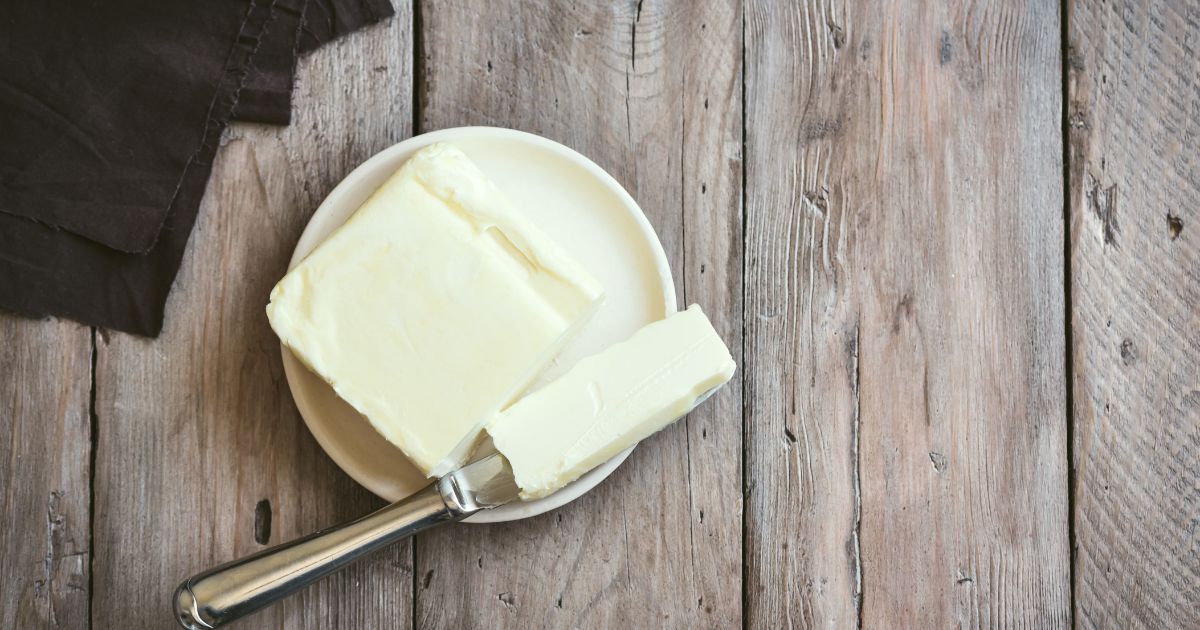

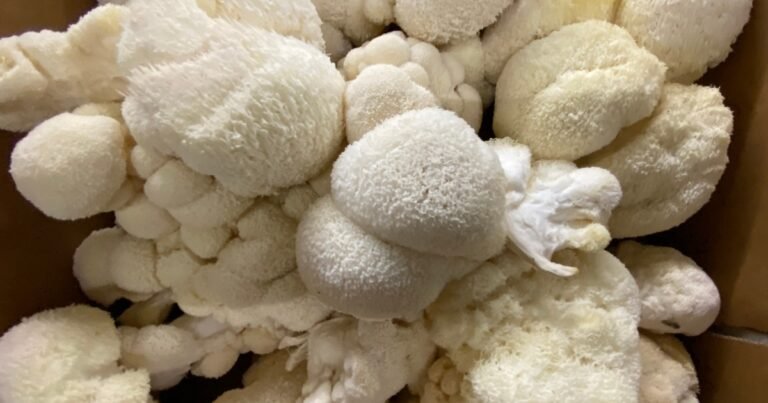
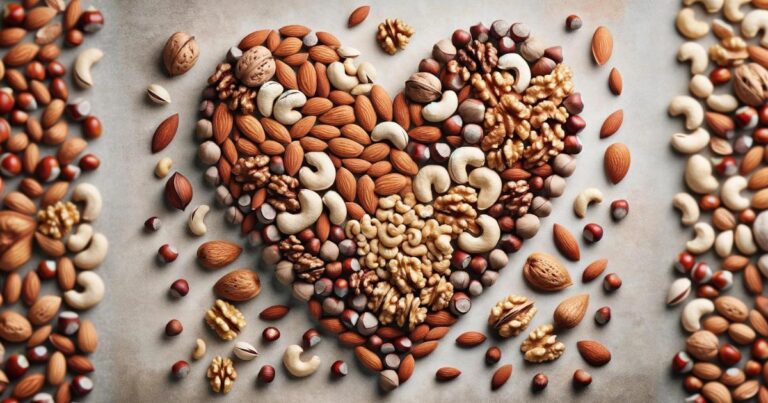


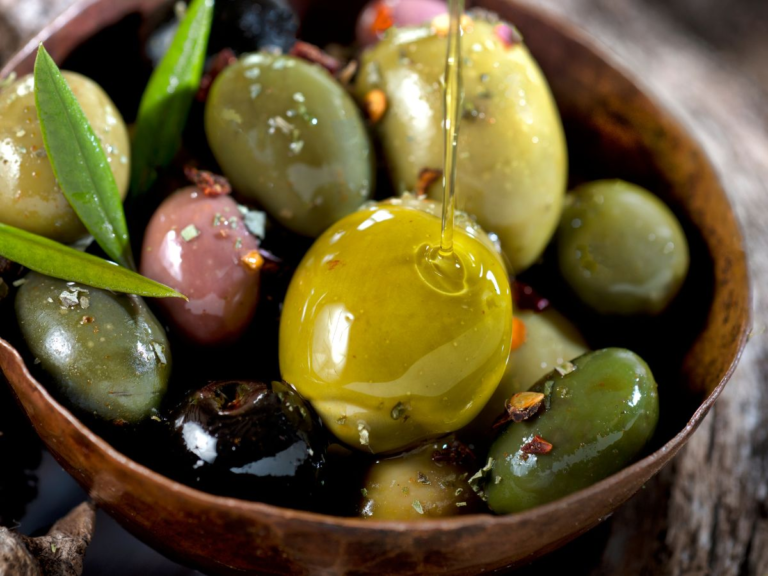
3 Comments